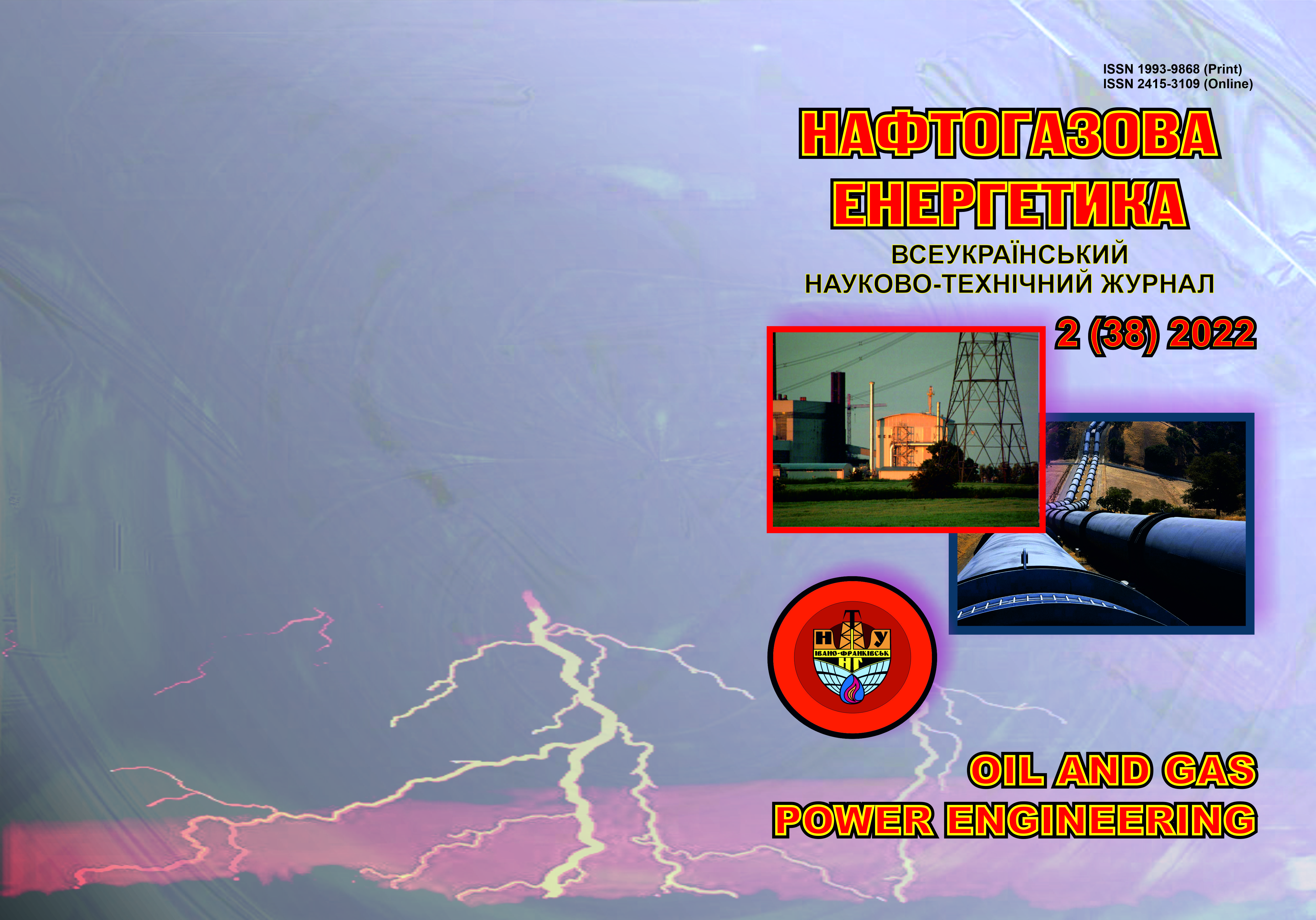Well interference research to increase oil recovery
DOI:
https://doi.org/10.31471/1993-9868-2022-2(38)-27-34Abstract
When developing oil fields, the well pattern density and their relative placement play a crucial role in determining the total production rate. Ignoring the impact of the interaction between wells can certainly affect the overall hydrocarbon production, which is an undesirable outcome in field development. As a result of starting, shutting down, or changing the operating mode of one or several wells, production rates and bottom hole pressures of other wells change. The correct location of production and injection wells is guarantee of stable and continuous production, therefore, when designing, it is necessary to calculate the distances between wells and their placement for the most efficient oil recovery. Setting the parameters of these wells, namely flow rates, and distances between wells (using a structural map and Google Maps), the pressure change over time was calculated. With the increase in the duration of well operation, the pressure value at the three studied points decreased. The fourth section of the Vygodo-Bystrytska deposit of the Dolyna oil field was chosen as the research object. The oil recovery factor, which is caused only by the action of elastic forces within the oil-bearing contour, is 9.7 %, and the one outside the contour zone is 18 %. The pressure change in the reservoir was calculated by the superposition method in the elastic mode for different set points and at different time intervals. The pressure change in the reservoir was estimated by the superposition method, under the elastic mode, for different set points over a different period of time. For this study, we have selected a number of wells that are hydrodynamically interconnected, namely 909, 113, 118, 612, 715, 281, 702, 210, 609, 317, 246, and 910. Accordingly, the conditional points at which we determined the pressure change were M1-317, M2-246 and M3-910 wells. We studied the change in potential and filtration rate for points M1, M2, M3 relative to the wells. The filtration rate will be the highest in the well that is closest to all other wells.
Downloads
References
Wei Yu. Impact of Well Interference on Shale Oil Production Performance: A Numerical Model for Analyzing Pressure Response of Fracture Hits with Complex Geometries. Paper presentedat the SPE Hydraulic Fracturing Technology Conference and Exhibition, The Woodlands, Texas, USA, January 2017.
MorozL., Uhrynovskyi A., Popovych V., Busko B., Kogut G. Effectiveness Research of Physical and Chemical Methods Application for Oil Recovery Enhancing Using the ASP for the Strutynsky Oil Field Conditions. Journal of management systems in production engineering. 2020. Vol. 28. Issue 28. P. 104-111.
Uhrynovsky А.V., Moroz L.В., Kogut G.M. Investigation of the efficiency of restrained oil displacement using of enhancing oil recovery methods. Journal of Achievementsin Materials and Manufacturing Engineering . 2022. P 27-34. DOI: 10.5604/01.3001.0015.7028.
Stevens W.F.,Thodos G. Prediction of Approximate Time of Interference Between Adjacent Wells. Trans. AIME, 1959. P. 77. https://doi.org/10.2118/1212-G
Guseynova N.I. Gidrodinamicheskiy ekspress-monitoring zonalnogo vozdeystviya na produktivne plastyi neftyanyih mestorozhdeniy s uchetom interferentsii skvazhin. Neftegazovoe delo. 2017. Vol.15, No 3. P. 41-46. https://www.researchgate.net/publication/320280466 [in Russian ]
Wang Jing, Liu Huiqing, Liu Fangna, Zhang Tuozheng, Dou Liangbin, Yang Xinling. Inter-well interferences and their influencing factors during water flooding in fractured-vuggy carbonate reservoirs. Petroleum Exploration and Development, 2020. 47(5). Р. 1062–1073. https://doi.org/10.1016/S1876-3804(20)60117-3
Downloads
Published
How to Cite
Issue
Section
License
Copyright (c) 2023 Oil and Gas Power Engineering

This work is licensed under a Creative Commons Attribution-ShareAlike 4.0 International License.


.png)






1.png)









